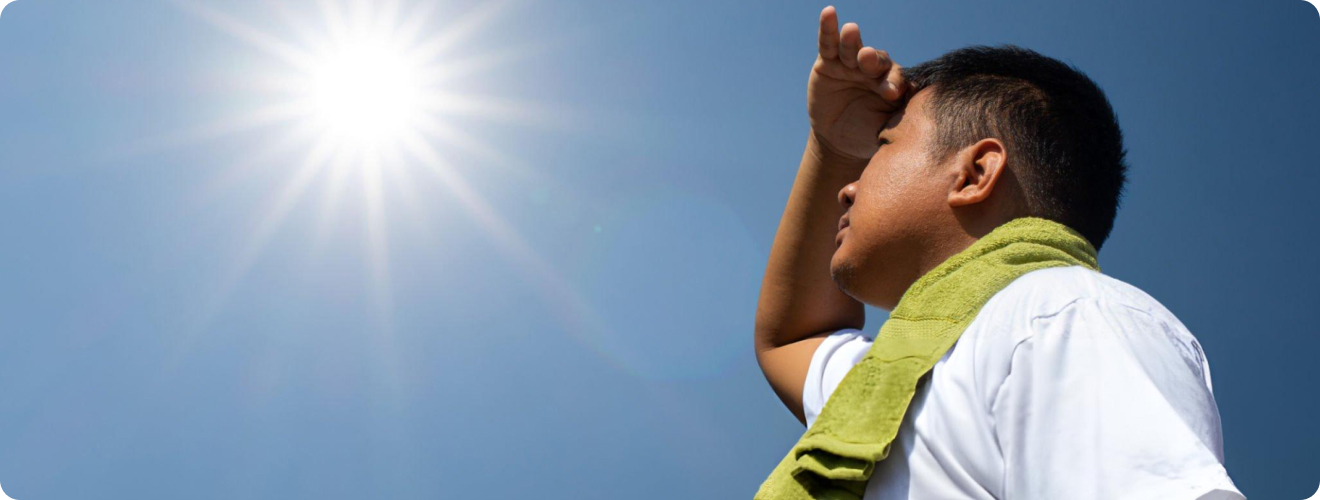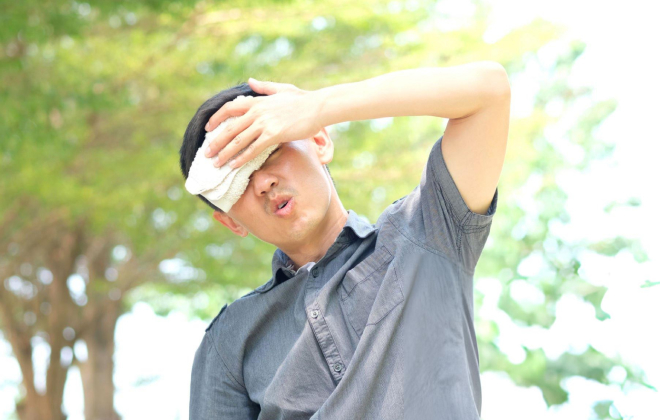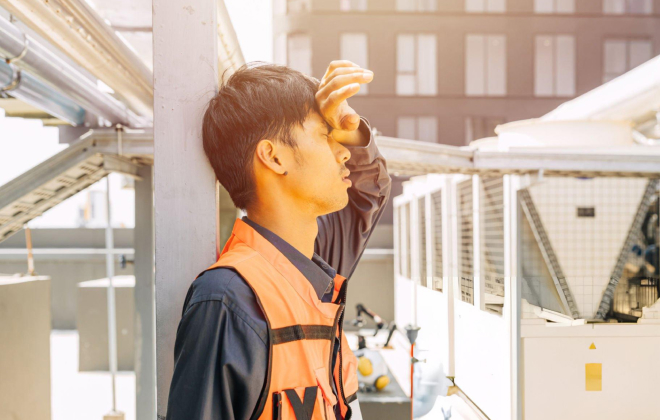


Temperature rise – we read about it, we see reels about it and most importantly we feel it. And there’s copious amounts of evidence about it. As per NASA’s reports, the earth was 1.36 degrees Celsius warmer in 2023 than it was in the late 19th century. The last 10 years are the warmest, as per NASA’s records.
Among the range of issues that this rising heat brings with itself, heatstroke is something which is often ignored, although it should not be.
Let’s understand various aspects of heatstroke, including some practical tips on how you can protect yourself.

A life-threatening condition, heatstroke causes the body to overheat leading to more severe conditions.
A person is said to be suffering from heatstroke when the average body temperature rises above 40 degrees Celsius. It is also known as sunstroke. Heatstroke can lead to organ failure, brain damage and even death.
Heatstroke warrants emergency treatment. The damage can worsen the longer the treatment is delayed. Delays can lead to serious complications and even death.
So how do you know if you or someone else is having a heatstroke? Here are some of the main symptoms to look for:
Heatstrokes are mainly of two types:
Result of physical overexertion in a hot and humid condition. This can take only a few hours to develop.
Developed due to age or underlying health conditions. This can develop over several days. This is also known as a classic heatstroke.
Heat strokes can also be triggered by:
While anyone can get heatstroke, infants and the elderly are at a higher risk as their bodies may not be capable of regulating temperature effectively. Soldiers, athletes and people whose occupations require them to do physical labour in hot environments are also susceptible to heatstroke.
However, a few other factors can increase the risk too, such as:
In general, males are at more risk of having a heatstroke than females.
High body temperature due to heatstroke can lead to a variety of other conditions such as
By now, you are aware of the seriousness of heat strokes and the fact that they require immediate medical treatment. If you see a person having a heatstroke, call an ambulance immediately. Till the time you wait for the ambulance to come, here are a few things you can do to provide immediate relief to the patient.
Once the person is taken to a hospital, the following treatment options may be used:
Here are some of the things you should do during summer or when you are exposed to heat for prolonged periods:

Exposure to heat is a part and parcel of our daily lives. Hence there’s no point getting scared of it. A little bit of caution goes a long way. Follow precautions and listen to your body.
Get medical help if you feel something is not right. Heatstroke should not be taken lightly.
Sources:
Spread the love, follow us on our social media channels